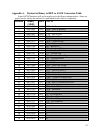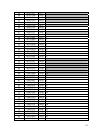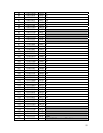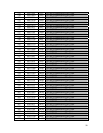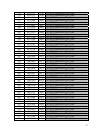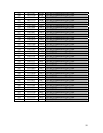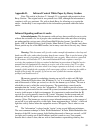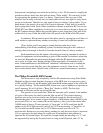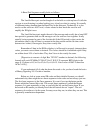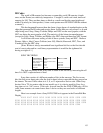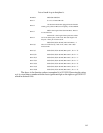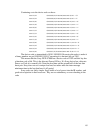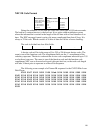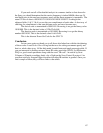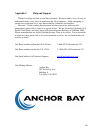If you work out all of the detailed analysis in a manner similar to that shown for
the Sony you should determine that the carrier frequency is indeed 40kHz, there are 34
total burst pairs in the one burst sequence used, and the burst sequence is repeatable. The
actual 32 bits of data is: 00010101 11101010 01011000 10100111 Looking at the
adjacent fields (1 & 2, 3 & 4) we see they are compliments of each other. A short way of
checking for compliments is that ones become zeros and zeros become ones.
The device code as transmitted is 00010101. Reversing it we get the binary value
10101000. This is the decimal value of 128+32+8=168.
The function code is transmitted as 01011000. Reversing it we get the binary
number 00011010. This is the decimal value 16+8+2=26.
This is the discrete Power On Code for the CLD 79.
Conclusion
Let me once again say thank you to all those who helped me with the deciphering
of these codes. I used to do it for a living but that was for some government agency and
that is a whole other story. All the help made it much faster and much more enjoyable. If
you are interested in finding out more about IR codes search the WWW. Sci.Electronics
FAQ is a good search parameter along with the word "IR code". An article by Scott
Coleman of Xanadu consulting sheds a lot of light on the Sony Control-S protocol. An
excellent article by Juergen Putger describes decoding IR remotes in general. Once you
find a couple of them, they will have links to the others.
67



